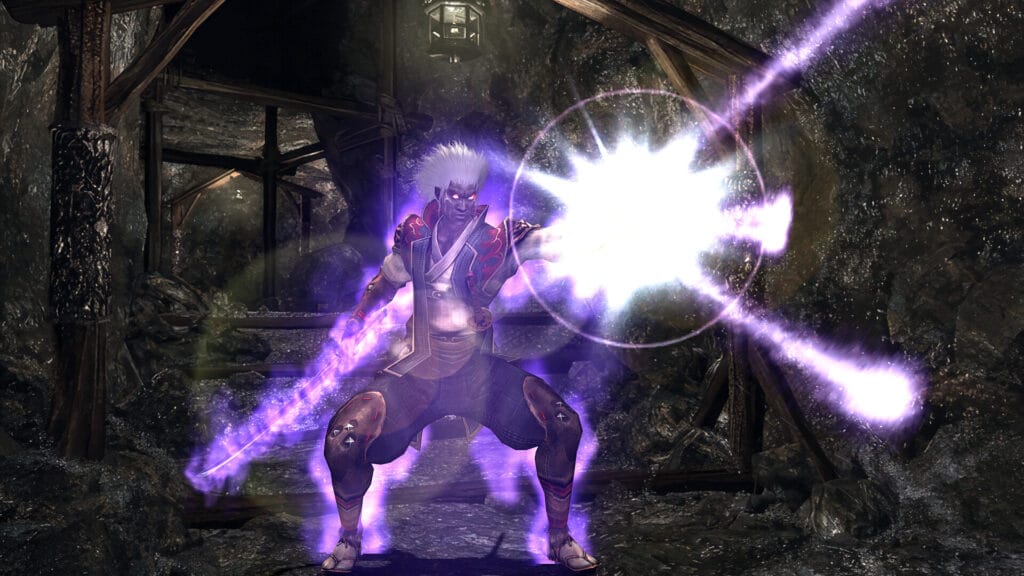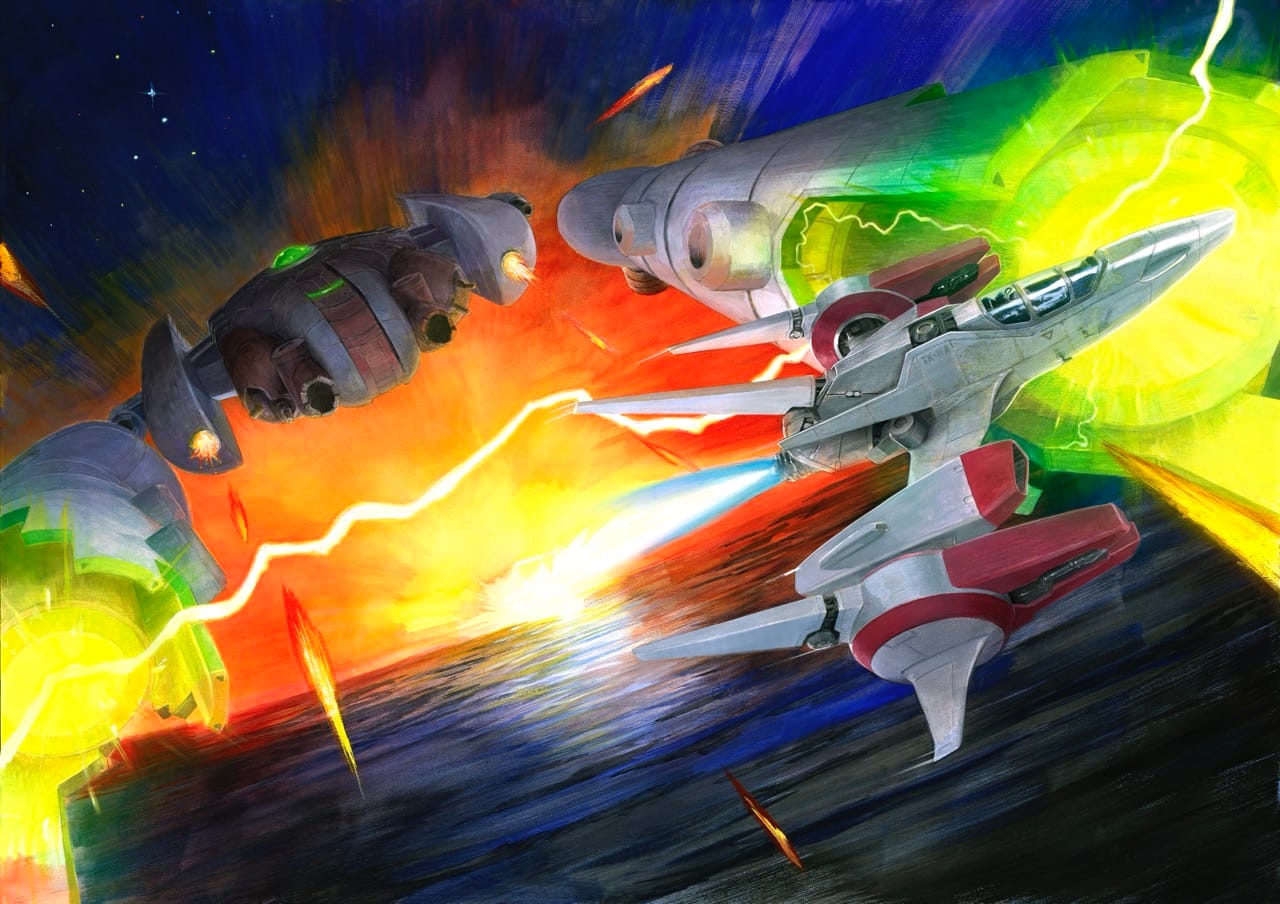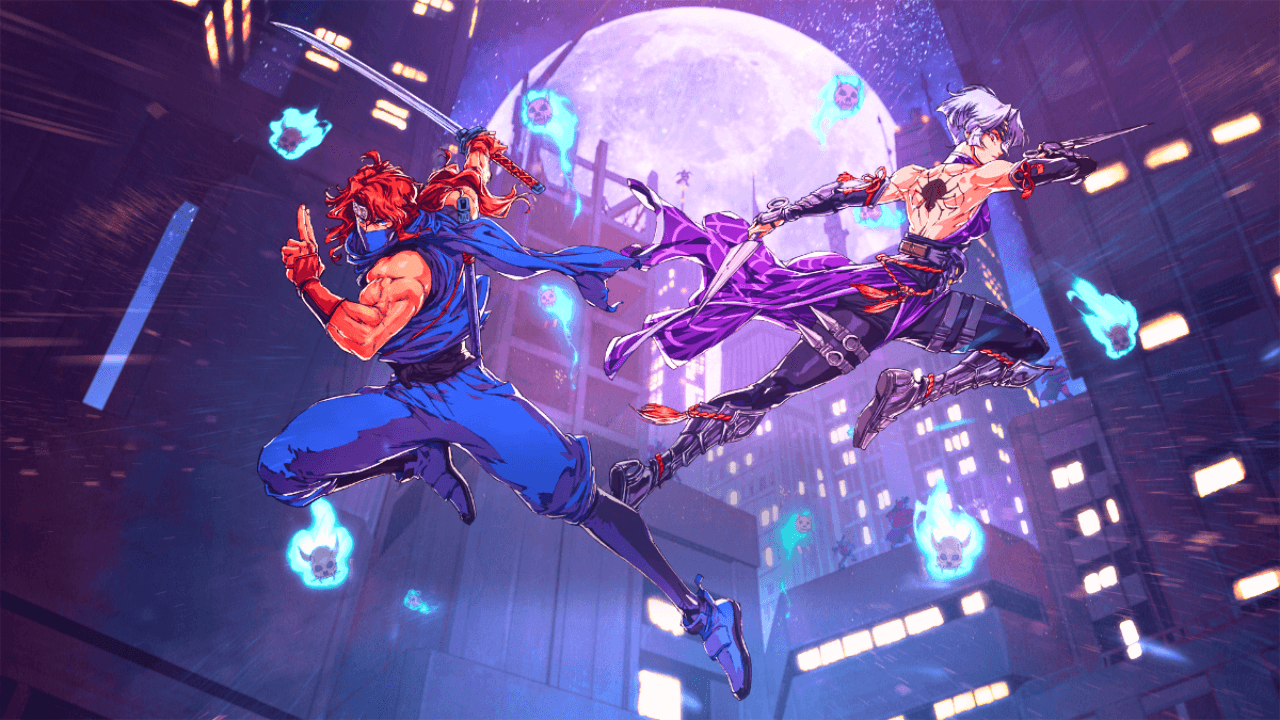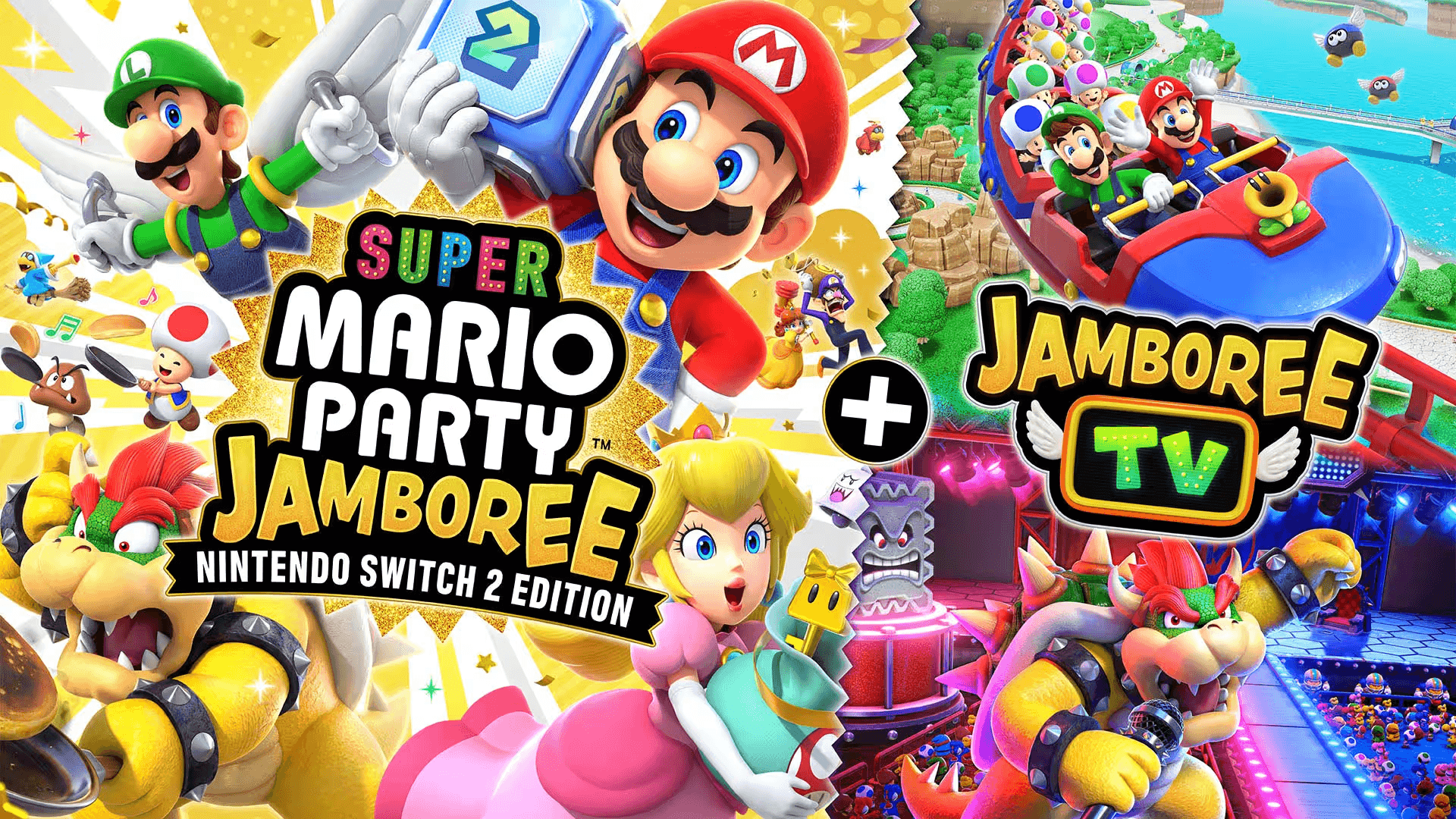The PlayStation 2 had no shortage of fantastic games. Many legendary series had their start in Sony’s second – and arguably best – console, and Capcom was among the developers that had the most hits with new original games during that time. Probably its most popular at the time was Onimusha, which had one of the biggest budgets ever, with the tipping point coming with the third entry in the franchise, which among its eccentricities, had even motion-captured a horse for crying out loud.
But before international superstar Jean Reno ever entered the picture, the first sequel to the brilliant Onimusha: Warlords, Onimusha 2: Samurai’s Destiny, did its part in keeping the series at the forefront by introducing concepts that not only made it quite a unique experience when compared to the first one, but also the superior game when compared to every other entry that came out afterwards.
The game now arrives in remastered form, beautifully brought to HD with a higher frame rate and redrawn menus, but don’t worry, the gut-bustingly awful English dub from 2002 remains. Some character models do give away its more than 20 years of age though, and the fact that widescreen mode cuts off some of the rendered image can be annoying.

On the other hand, little things like the way the clearly animated rain specs hit Jubei’s armor and the scenery brings to light the game’s thoughtful art direction. With the whole package looking as good as it does now and playing as well as it did back then, now even with automated checkpoints, this is, indeed, by far the best way to enjoy Onimusha 2 in 2025.
Onimusha 2: Samurai’s Destiny stars real life historical figure Jubei Yagyu – modeled after the late movie star Yusaku Matsuda – the leader of a village that was razed by warlord Oda Nobunaga, resurrected by demons after his fall in battle, and is now back to his quest to take over Japan, only with the help of his new demon allies after once again being resurrected. In his quest for vengeance, Jubei befriends a merry group of unlikely companions, who end up lending a hand in his journey to hell and hopefully back.
From a gameplay perspective, Onimusha 2 sticks close to the first one. The world is split into a series of pre-rendered static backgrounds in which you run and fight your way through. You are usually required to rethread them as you discover keys or whatever item or ability required to unlock another path forward. As with the Warlords, Samurai’s Destiny is very reminiscent of the Resident Evil games thanks to this level structure, but through its fast-paced melee combat, they quickly set themselves apart from the horrors of Raccoon City.
Jubei has a lot in common with Samannosuke in the way he plays. Minutes into the game, he acquires a similar power to absorb demon souls through his wrist, and with them, upgrade his equipment and skills. At a later point, he’s also able to turn into the titular demon warrior himself. Magical spells also come into play and use a meter that along with his health can be boosted at shrines using red souls he collects.

Combat can feel a little stiff at first, but doesn’t take long to smooth out thanks to the stance button, which gives the Yagyu man some much needed mobility, as well as allow him to pull off a number of special moves depending on which weapon he is wielding. Jubei is a very capable warrior, insofar that he can deflect incoming attacks and use them against enemies, referred to as criticals by the game, if you can time them just right.
The biggest change in this sequel, however, comes with the progression. It can still be considered a linear game, but there are a number of interactions that you can have that can change the course of the story, something that wasn’t a thing in the first Onimusha. First and foremost, you can now bond with your aforementioned group of friends, giving them gifts and receiving items in return, which you can use to keep moving forward, or keep trading along. There are now also towns to explore and sellers to negotiate with, which work as breaks between the more traditional combat-heavy sets, giving Onimusha 2: Samurai’s Destiny a more adventure than action feel that is, quite honestly, very refreshing.
Following the footsteps of many games from its generation, this one is very replayable, making up for its relatively short playtime. Along with higher difficulty modes and special bonus outfits you can earn when finishing the main story, there are a number of special modes to be enjoyed. Unlike the original run, they can now be played right from the beginning. An amusing one has Jubei wear a tuxedo and don a wooden sword that can only knock down enemies, having you finish it in under 5 minutes. Another puts the hero in a puzzle-oriented challenge, having you solve many sliding puzzles and such before making any headway. They aren’t particularly long but are still worth playing.
This new version of Onimusha 2: Samurai’s Destiny is well worth jumping in. It’s an excellent example of how well games of its ilk were developed and that it’s imperative to look past outdated character models in order to see that they’re still incredibly playable to this day.





